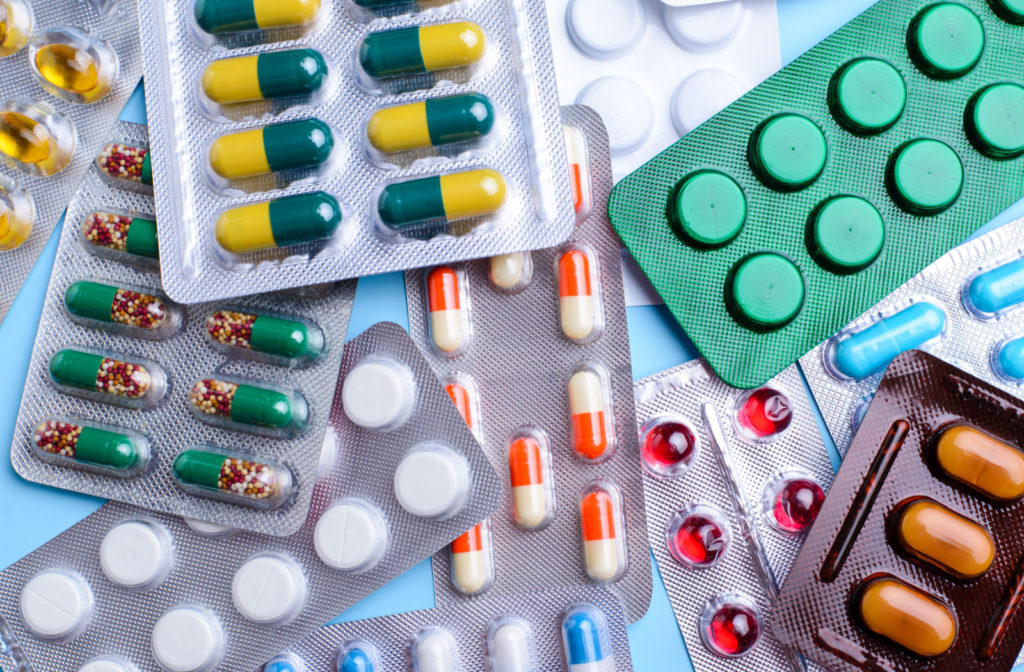Dry eye disease is a common condition that affects millions of people worldwide. If you’re experiencing persistent dry and uncomfortable eyes, light sensitivity, blurred vision, eye fatigue, or watery eyes, you may be experiencing dry eye disease. But it’s important to understand that even if you have these symptoms, you should have your eye doctor examine your eyes to rule out any other underlying conditions that could be causing the symptoms.
Don’t worry too much if your optometrist says you have dry eyes because safe and effective treatments are available. Your eye doctor can prescribe medications to help alleviate your symptoms, lubricating eye drops may also be beneficial, and intense pulsed light (IPL) therapy may be an option in some cases.
What Is Dry Eye Disease?
Dry eye disease, also known as dry eye syndrome or simply dry eye, is a common condition affecting millions worldwide. This condition occurs when you don’t produce enough tears, or you produce poor-quality tears, leading to uncomfortable symptoms. Dry eye disease can lead to more serious eye problems if left untreated.
Causes of Dry Eye
Dry eye disease can be caused by a variety of factors, including environmental factors, such as air conditioning and windy conditions, and medical conditions, such as autoimmune diseases and hormonal changes. Other common causes include aging, contact lens wear, and certain medications. Smoking is also known to increase the risk of developing dry eye disease.
Symptoms of Dry Eye
The most common symptoms of dry eye disease include dryness, stinging, and burning in the eyes. Other symptoms may include redness, sensitivity to light, and blurry vision. Individuals may also experience the sensation of having a foreign object in their eyes. In severe cases, dry eye disease can even lead to vision loss.
Do I Have Dry Eye Disease?
It’s important to remember that an optometrist should diagnose you with dry eye. Your optometrist should examine your eyes to rule out any potential underlying conditions if you’re having symptoms of dry eye disease. But the following are a few signs you have dry eye disease:
Persistent Dryness & Discomfort
It may be a sign of dry eye disease if your eyes feel persistently dry and uncomfortable. You may also experience burning, stinging, or a gritty sensation in your eyes. These symptoms can be particularly severe in the morning or at night.
Light Sensitivity
Sensitivity to light, also known as photophobia, is another common sign of dry eye disease. You may find that bright lights cause discomfort or even pain in your eyes.
Blurred Vision
Dry eye disease can also cause blurry vision, particularly when reading or looking at a computer screen for an extended period. You may also experience double vision or have trouble focusing.
Eye Fatigue
If your eyes feel tired, heavy, or like they need to be constantly rubbed, it may be a sign of dry eye disease. You may also notice that your eyes become more tired after prolonged use, such as reading or using electronic devices.
Watery Eyes
While it may seem counterintuitive, watery eyes can also indicate dry eye disease. When the eyes are dry, they can stimulate extra tear production as a protective mechanism. However, these tears are usually of poor quality and do not effectively lubricate the eyes, leading to further dryness and discomfort.
Dry Eye Disease Treatment
There isn’t a one-size-fits-all answer to dry eye treatment because it depends on a few different factors, like the symptoms’ severity and the cause of your symptoms. The following are a few common treatment options.
Optilight for Dry Eye
OptiLight is a medical device by Lumenis that uses their patented Optimal Pulse Technology (OPT™). It is designed to provide safe and precise procedures for patients dealing with dry eye disease.
OptiLight uses intense, broad-spectrum light to treat dry eye disease, specifically caused by meibomian gland dysfunction (MGD). MGD is a common condition where the oil glands in your eyes get clogged up, leading to dry, irritated eyes.
The treatment is non-invasive and performed in the area below the eyes. It’s the first and only IPL therapy that has received FDA approval specifically for dry eye treatment.
Lubricating Eye Drops
Lubricating eye drops, often called artificial tears, are popular for relieving dry eye discomfort. They add moisture to your eyes, helping your tear film function more effectively. And they are typically available over-the-counter without a prescription for most varieties.
Medication

Several prescription medications can be used to treat dry eye syndrome. A couple of anti-inflammatory medicated eye drops are Restasis and Xiidra, and Tyrvaya is a nasal spray that’s designed to stimulate tear film production.
Find the Relief You Need Today
The symptoms of dry eye can range from mildly inconvenient to extreme discomfort. So, while it’s not necessarily a vision-threatening condition, most people will benefit from prompt treatment when experiencing symptoms.
Call our team at Family Focus Eyecare today to book an appointment if you have any of the symptoms we discussed above. One of our experienced optometrists can examine your eyes and determine an effective treatment plan for you going forward.Think you might have symptoms of Dry Eye? Take a Free Dry Eye Assessment here.



